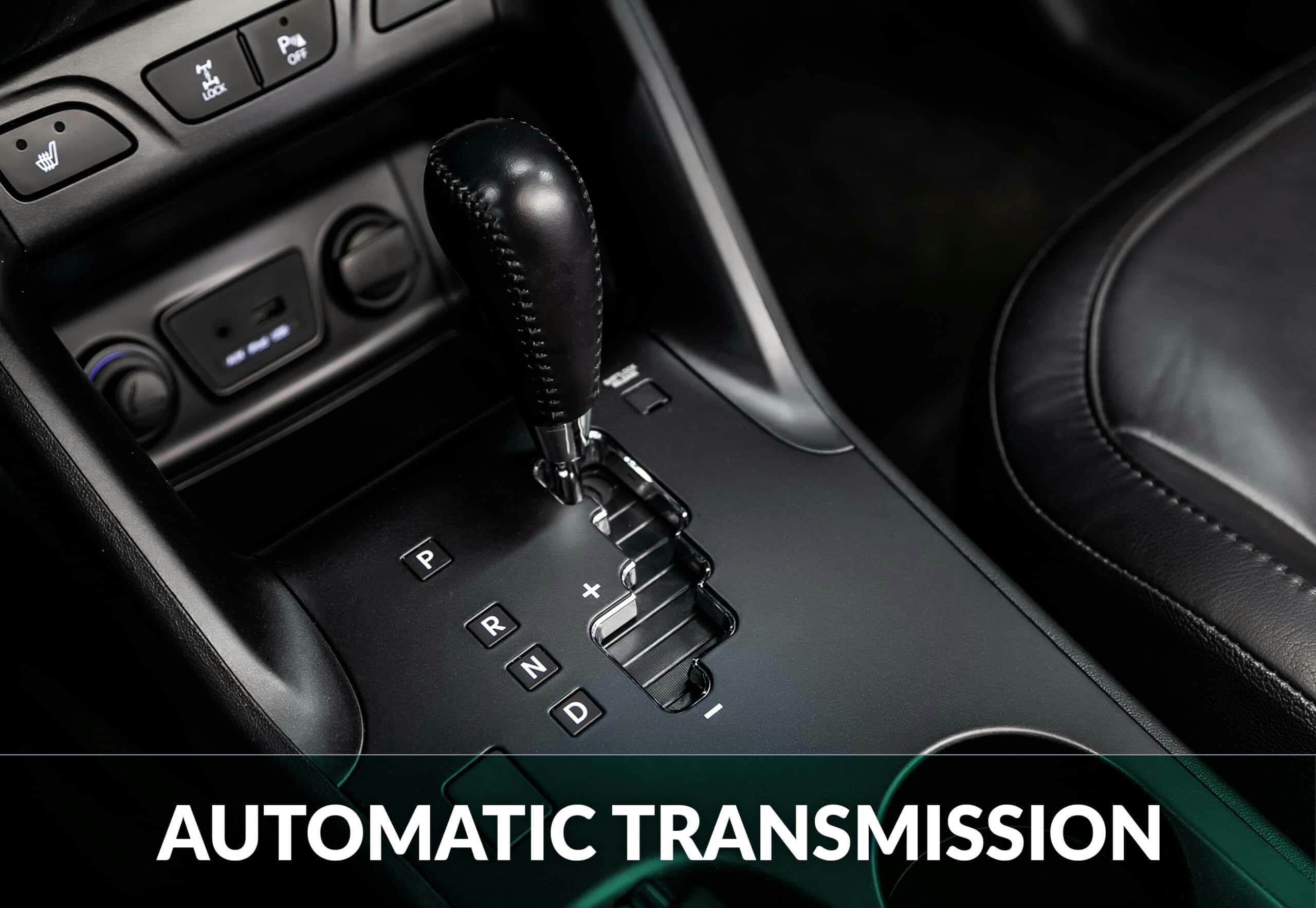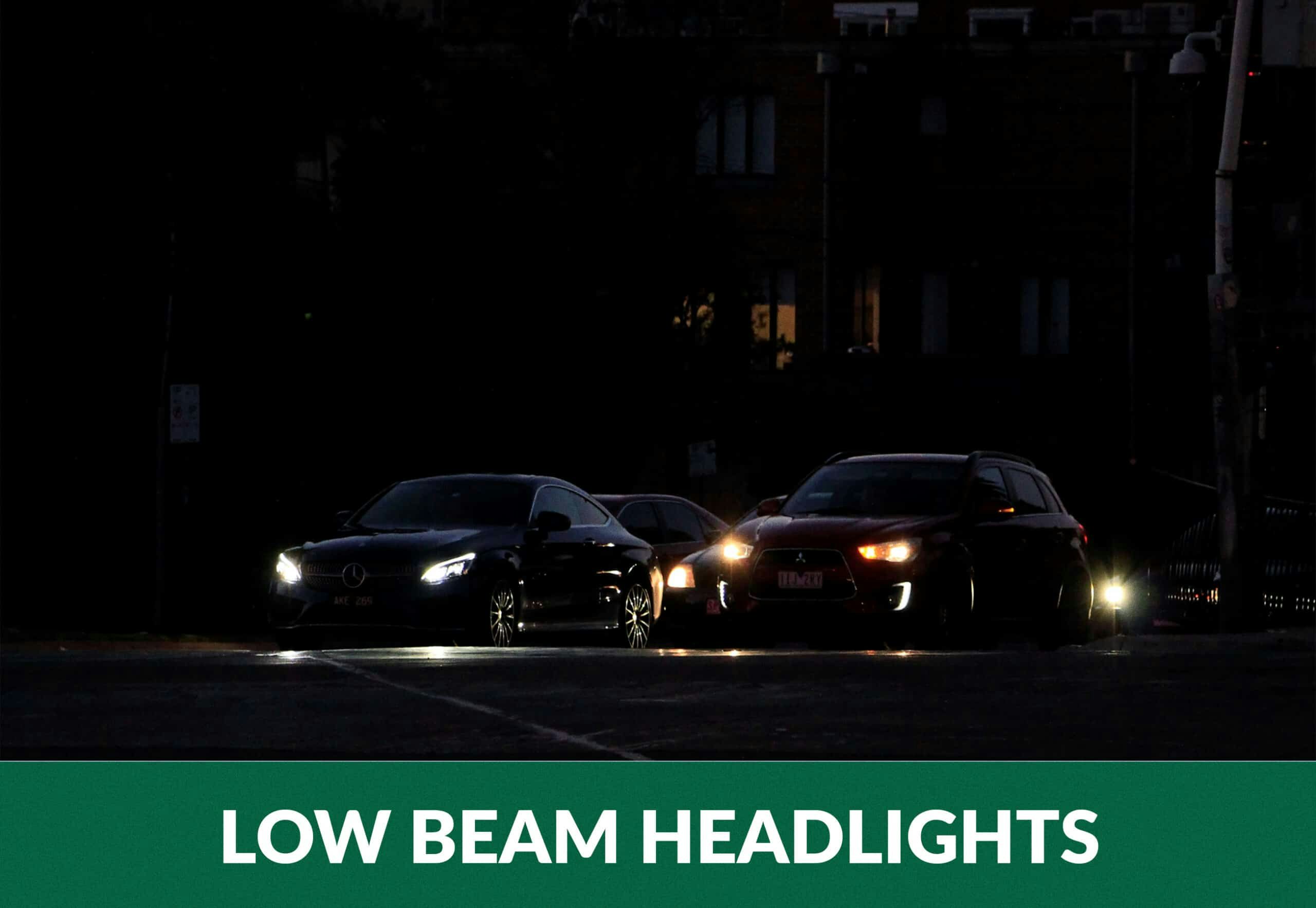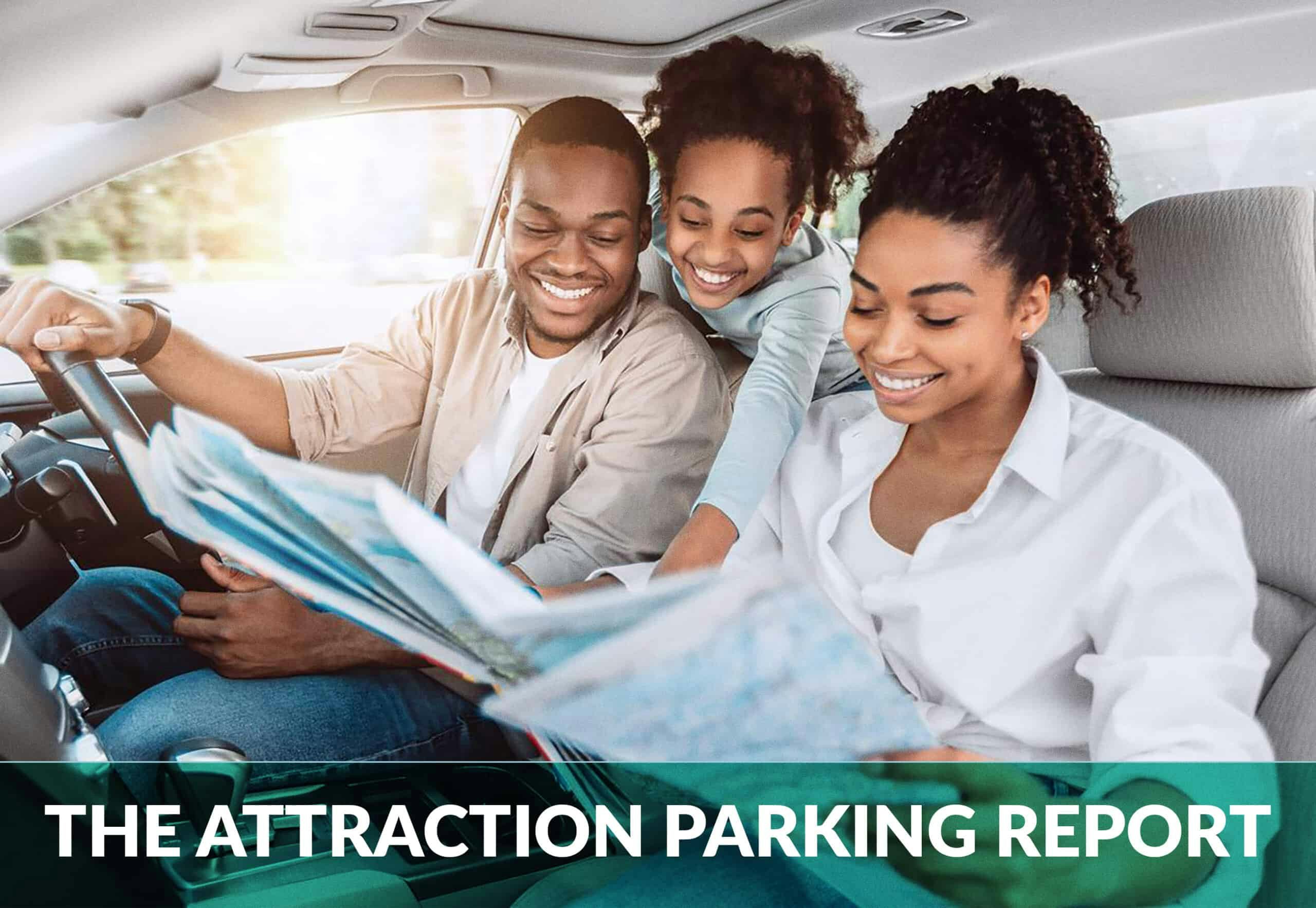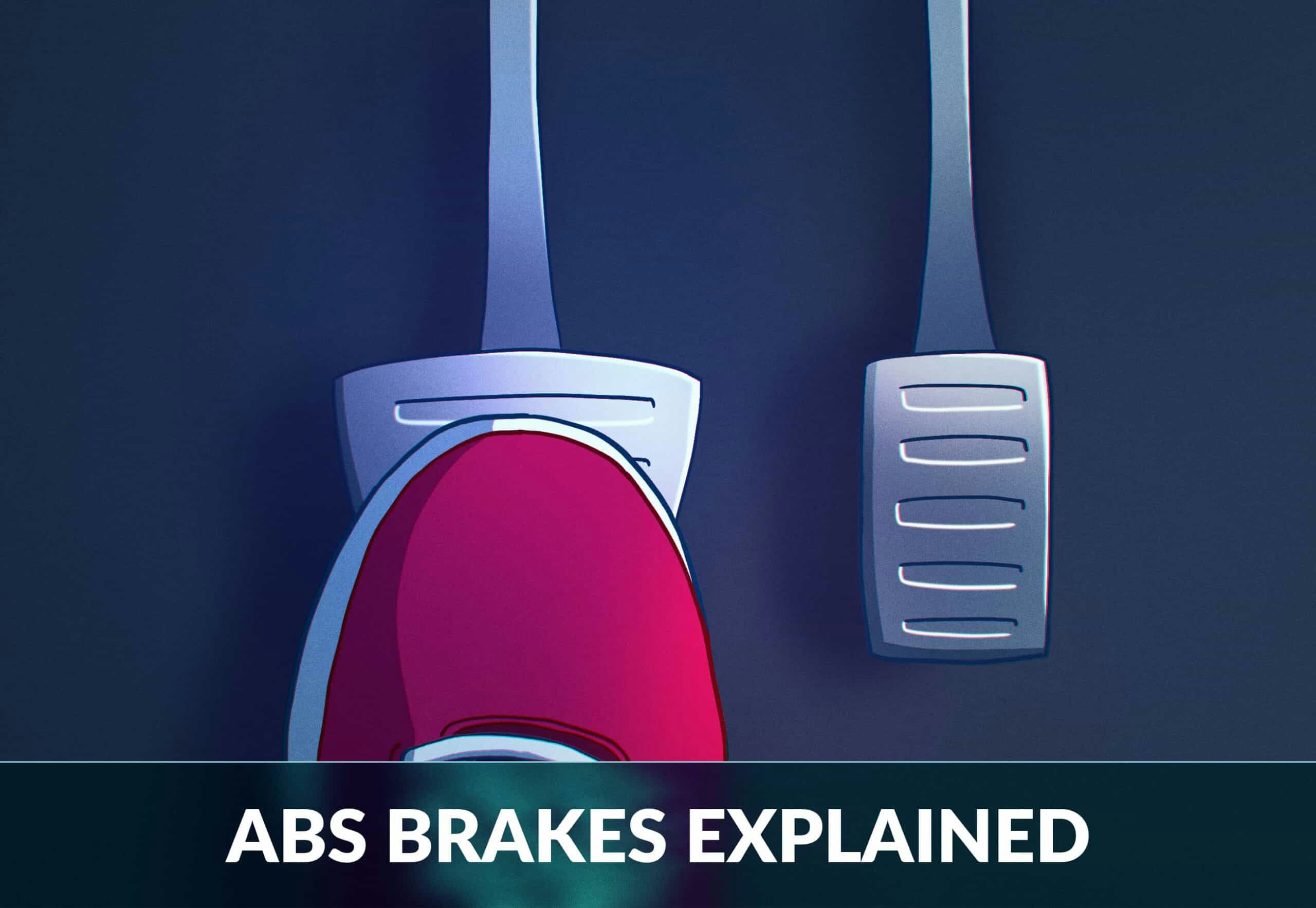
Automatic Cars Explained: What It Is and How to Drive One
Across all Australian states, the mass majority of cars produced and sold come with automatic transmission. If you’ve driven a car before, it more than likely had an automatic transmission. Manual transmission has not completely gone away, but it has proven to be far more difficult to learn how to drive one (and more expensive to run).
Transmission types have not been changed much since they were first featured on early automobiles. If you are wondering whether an automatic car is right for you, you’re in the right place!
What Is an Automatic Car?
When talking about an automatic car, people are referring to the transmission that comes with the vehicle. The transmission, or gearbox, creates speed and generates rotational force within the vehicle. Automatic vehicles utilise radars and sensors to detect when a gear shift is appropriate. You’ll be able to identify the transmission of a car by its pedals; there are only two pedals in the driver area of automatic vehicles, while manual cars feature a third one (the clutch).
Manual Transmission vs Automatic Transmission
There are serious differences between automatic and manual transmissions. Keep these in mind when deciding between the two.
1 – Purchase & Resale Price
In terms of the overall cost, generally speaking, purchasing a manual car with a manual transmission will cost less money initially, but have a lower resale value when you decide to sell. Alternatively, an automatic transmission car is more expensive to buy and can thus be sold for more as well. The price difference is usually between 10-15% of the vehicle’s value.
2 – Acceleration
The majority of Australian drivers won’t put too much importance on this point, but there are some that will. Simply put, a manual car will almost always have faster acceleration than its equivalent automatic counterparts. This is because you can stay on the same gear or use a lower gear for longer, which may favour acceleration.
3 – Availability
It has become more and more common for newer models of cars to only come with automatic transmission, and especially when talking about purely electric vehicles. Since only about 3% of new car sales in Australia are manual, they are becoming harder and harder to find. Since the vast majority of sales are automatic, you may be hard pressed to find your specified model with a manual transmission.
4 – Fuel Usage
If you look back a couple of years, many automatic engines took up a bit more fuel than their manual counterparts. This is because it generally takes more energy to power an automatic clutch system within the vehicle. However, automakers have since then vastly improved the fuel efficiency of modern automatic vehicles. Oftentimes, automatic cars get the same, or higher, mileage than manual cars of the same model.
You should also consider that if you are not proficient at eco-driving, an automatic car is most likely easier to drive fuel-efficiently than its counterpart.
5 – Driving Experience
Driving an automatic car is vastly different from driving a manual. Automatic gearboxes switch gears themselves, allowing the driver to keep focus on the road. For most people, this is a much easier way to drive.
How to Drive an Automatic Car
Before you start, you must understand the different positions within the gearbox – ‘P’, ’R’, ’N’, ’D’.
- P – The park position is self explanatory. When you need to keep your car still for an elongated period of time, put the car in park and it’ll stay still until it is taken out of this gear.
- R – R is for reverse. You can place your vehicle in reverse when you’re trying to back out of a parking space or readjust your vehicle position.
- N – The neutral gear stops the engine power from reaching the wheels. This allows drivers to turn the steering wheel and move the tires, but pushing the gas does not increase the speed of the vehicle.
- D – When a car is put in drive, it is set to move forward. This is where you need to be in order to start driving an automatic car.
Some vehicles also have options for 1st gear, 2nd gear, and Sport. 1st gear slows down the engine and delivers less fuel to the vehicle. This gear should be used when you’re going down a hill to make sure you aren’t travelling too fast. 2nd gear is similar to first gear, but provides more speed and torque. 2nd gear is perfect for travelling slippery, wet roads. Lastly, Sport is used to provide a more sensitive throttle response and maximizing vehicle power. This mode will burn a bit more fuel, but is very fun to use down lonely streets and highways.
To start the car, place your foot on the brake, insert the key into the ignition, and twist slightly. The vehicle should turn on. Afterwards, place the vehicle in drive. This will allow you to use the gas pedal to propel the car forward. Use the brake pedal if you need to come to a stop. Be aware, when your foot is lifted off both pedals, your vehicle will creep forward slightly. This will help you preserve gas in low speed environments, as well as stop and go traffic.
Pros and Cons of Automatic Transmission
Pros
- Automatic vehicles are much easier to drive, as the transmission shifts for you
- Automatic transmission is available in most vehicle makes and models
- Driving automatic is more comfortable, as you only have to use two pedals instead of three
- Easier to learn to drive
- You’ll be able to focus more on the road since you won’t have to focus on shifting gears
- Potentially better gas mileage
Cons
- Many drivers think automatic vehicles are not as enjoyable to drive
- Higher price
Is an Automatic Car Right for You?
Most drivers, especially beginners, will undoubtedly benefit from choosing an automatic car over a manual car. Learning to drive with a manual transmission can be overwhelming and shift focus away from more pertinent aspects of driving, such as understanding traffic laws and road signs. If you’re new to driving, or simply enjoy a laid back, simple driving experience, automatic transmission is the right choice for you.
Whether you started driving recently, or you’ve been handling a steering wheel for over 10 years, everybody could refresh their driving knowledge from time to time to continue staying safe on the roads. Most drivers don’t realise how much they’ve actually forgotten until they start reading the handbook. But, refreshing your knowledge doesn’t have to be hard, you can do it very easily with our state-of-the-art courses, updated with the latest driving laws, safety practices, and regulations for your state.

550+ exam-like questions
All you need to ace your test
Free trial
Recommended articles
Ace your learners test, guaranteed
Want to Be the Top School in Your Area?
- Simple & automated admin
- More time for teaching
- #1 learning materials for students


